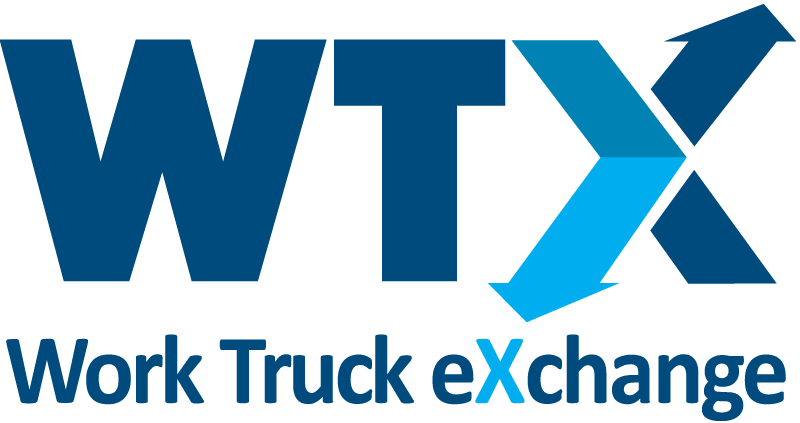Rightsizing is used almost synonymously with downsizing; however, just look at the two words and you can immediately see that they are not the same.
Rightsizing for Regulatory Purposes
Any fleet that operates vehicles rated above 10,000-pounds GVWR is being impacted by regulatory compliance concerns. As always, fleet managers are finding creative ways to make it all work.

